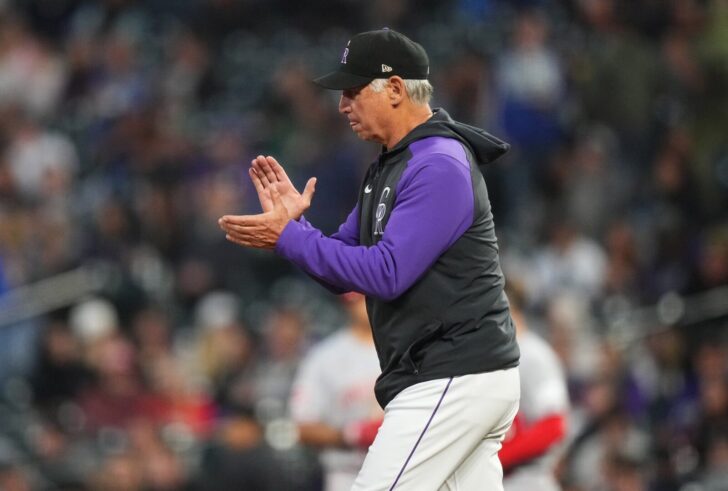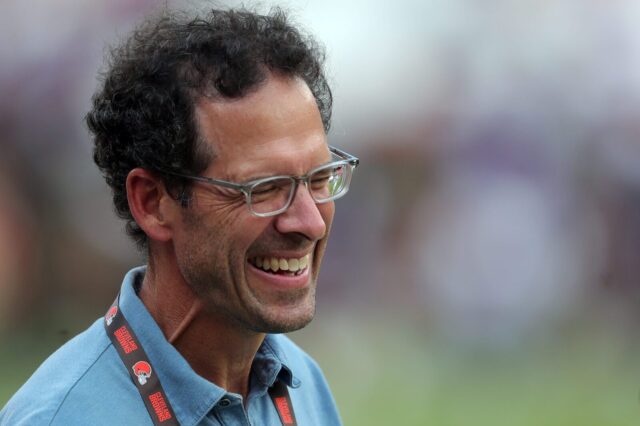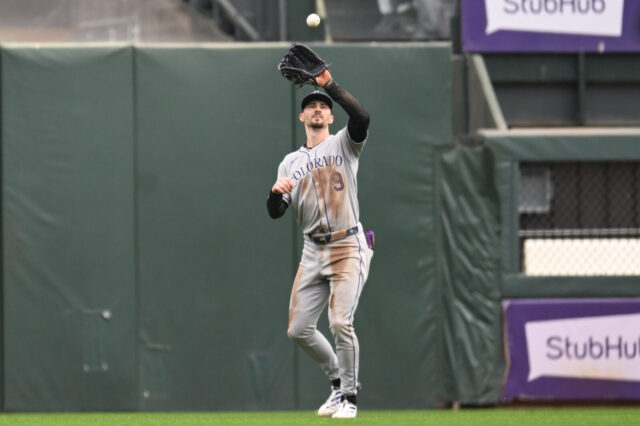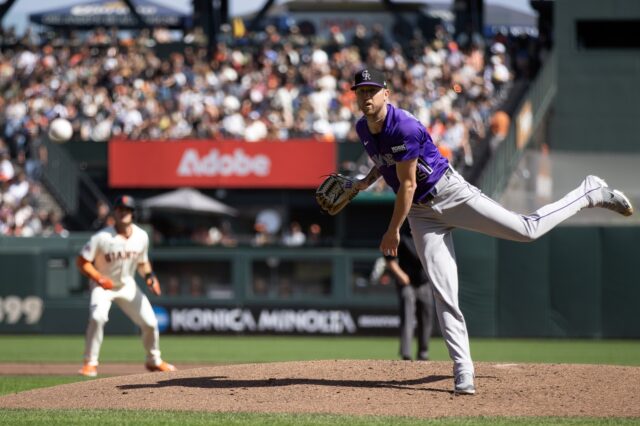Pitchers should have a timeout.
When Major League Baseball implemented a slew of new rules prior to the 2023 season aimed at getting “pace of play” under control, there were a handful of unforeseen and unintended consequences that needed to be ironed out during Spring Training.
Most of it seems to be in pretty good working order now. Game times are way down which has proven to be popular and outside of a few blowups and ejections most of the ballplayers seem to have adjusted.
But a recent study from Baseball Prospectus shows that the pitch clock, which forces pitchers to take less time between each pitch to let their body cool down, may be leading to an uptick in pitcher injuries.
I asked Bud Black what he thought about this considering the Colorado Rockies currently have four starting pitchers (German Marquez, Antonio Senzatela, Noah Davis, Ryan Feltner) on the IL.
“I don’t know. I hope not,” he replied. “I don’t think so. I really don’t. I think there are other factors.”
Injuries aren’t the only concern though.
In thinking about potential solutions to this problem, it occurred to me that the new rules have created an imbalance where the hitter has a tool – the timeout – that the pitcher does not.
Once per at-bat, at his leisure, the batter can take a moment to dust himself off, catch his breath, and clear his mind. The pitcher should have this same tool, though perhaps once an inning rather than once per AB.
So I asked the manager what he thought of that and at first, he wasn’t sure it was necessary.
“They have one, the disengagement,” he said.
But that costs him, I replied. It’s a competitive move which might make it more difficult to control the running game later on. Given that the batter can interrupt the rhythm of the at-bat at any time he wants, the pitcher should in fairness have that possibility in his back pocket as well.
After a bit of a pause and earnest consideration, he responded, “Y’know, Drew, that’s not a bad idea.”
“First time for everything, right?”
Black laughs.
“I’ve read your stuff over the years and you’ve had some good ones,” he says. “I’ll add it to the list of many other things that make sense. I’m gonna talk about that… with the league.”
You gotta appreciate the open-mindedness of going from “I’m not sure that’s necessary” to “I might bring that up with the league.”
With how hyper focused MLB has been on cutting time off the games, there could be some pushback against putting in a mechanism that slows it back down a little. We are, after all, talking about potentially nine more opportunities for stoppage
But the clarification on batter timeouts has shown that we can be flexible here while still achieving the intended result.
The pitcher should be allowed to step off the mound once an inning and declare that he is taking his time out, and be given enough time (within reason) to recover as needed before the pitch clock resumes.
It’s far too early to tell whether or not this could ease injury concerns though logically it seems like it easily could. Recovery time is vital as the initial study shows and even just a few seconds here and there might mean fewer trips to the IL for the players we all came to see.
From a competitive standpoint though this should be a no-brainer.
If the batter is allowed to step outside of the rhythm of the game for a moment, the pitcher should be as well.



